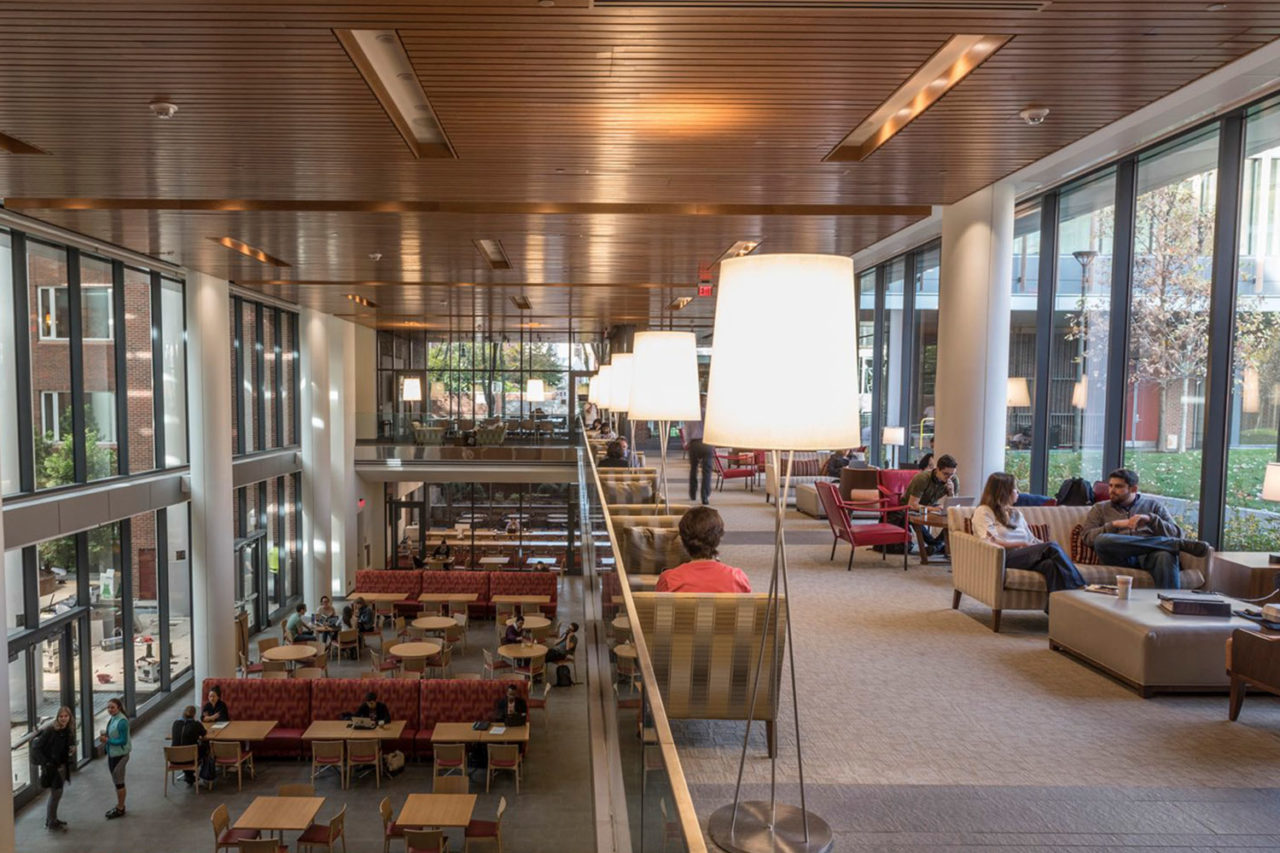by: AIA New York
The work of Graham Wyatt, FAIA, a partner and studio leader at Robert A.M. Stern Architects, demonstrates the power of architecture to further the art and science of education. He has designed buildings, master plans, and precinct plans on over 50 campuses across the U.S., for institutions that are large and small, public and private, and span a spectrum including elementary, middle, and high schools as well as colleges, universities, and graduate and professional schools. The stylistic diversity of Wyatt’s work illustrates his belief that contemporary architectural expression derives meaning from the traditions of the campuses on which he has built. Wyatt’s buildings respect the past, engaging in carefully considered dialogue with historic buildings by architects from McKim, Mead & White and H.H. Richardson to Walter Gropius and Marcel Breuer. Wyatt guides the leaders of schools, colleges, and universities to ensure that the design of each project supports the educational mission of the institution, thereby strengthening the unique campus identities of the academic institutions he serves.
In 2018, the Jury of Fellows of the AIA elevated Wyatt to the College of Fellows in the second category of Fellowship, which recognizes architects who have made efforts “To advance the science and art of planning and building by advancing the standards of architectural education, training, and practice,” according to the organization’s definition. Now among the AIA membership’s three percent distinguished with Fellowship and honorary Fellowship, Wyatt was recognized at the New Fellows Reception hosted by AIA New York and at an investiture ceremony at the AIA Conference on Architecture in New York City.
Q: What is your proudest achievement as an architect?
A: I’m proud of my contributions to creating buildings and campuses that further learning, and the love of learning, and that reinforce the best characteristics of academic campuses across the U.S. and overseas.
Q: What is your earliest memory of experiencing architecture?
A: As a child living in New Haven, I appreciated the juxtaposition of Yale University’s historic Georgian and Gothic campus with Modernist buildings that were new at the time, including Eero Saarinen’s David S. Ingalls Rink, Louis Kahn’s Yale Center for British Art, Gordon Bunshaft’s Beinecke Rare Book and Manuscript Library, and Paul Rudolph’s Yale Art and Architecture Building. From these early experiences, I learned to appreciate architecture’s social and cultural potential, and to value excellence independent of stylistic ideology.
Q: What is influencing your work the most right now?
A: I continue to be challenged and inspired to find suitable dialogues between rapid changes in society and the world of education, and the enduring traditions and architectural identities of the world’s best campuses.
Q: What are you working on right now, or what is your next big project?
A: We are working with the University of Central Florida and Valencia Community College on a new downtown campus in Orlando’s historically disadvantaged Parramore neighborhood, and have recently completed a new downtown campus for the University of Connecticut on a previously derelict site in downtown Hartford.
Q: What does being a fellow mean to you?
A: Fellowship provides an important platform to promote the role of architecture in support of education in America. The U.S. remains the world’s go-to destination for education and the architecture of our academic institutions is essential to that competitive advantage.
Editors’ Note: This feature is part of a series celebrating the members of the American Institute of Architects (AIA) New York Chapter who are elevated each year to the AIA College of Fellows, an honor awarded to members who have made significant contributions to both the profession and society. Learn more about Fellowship here.













